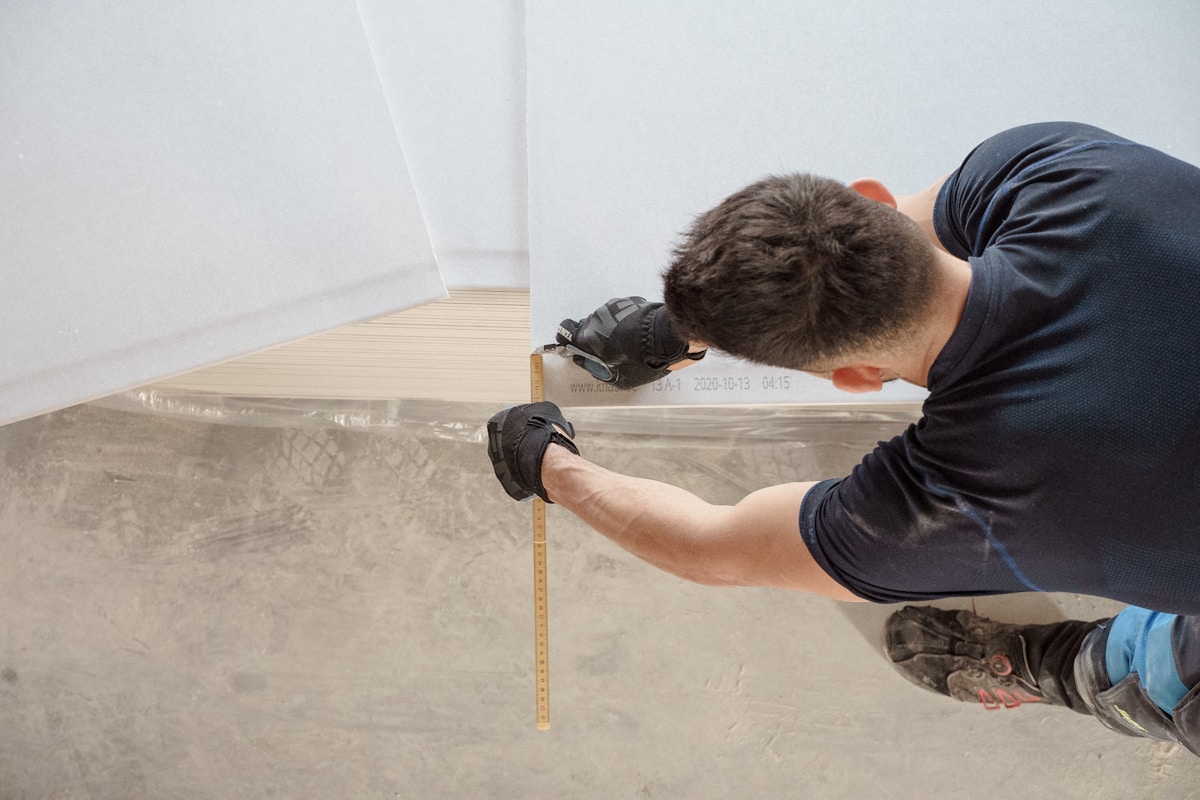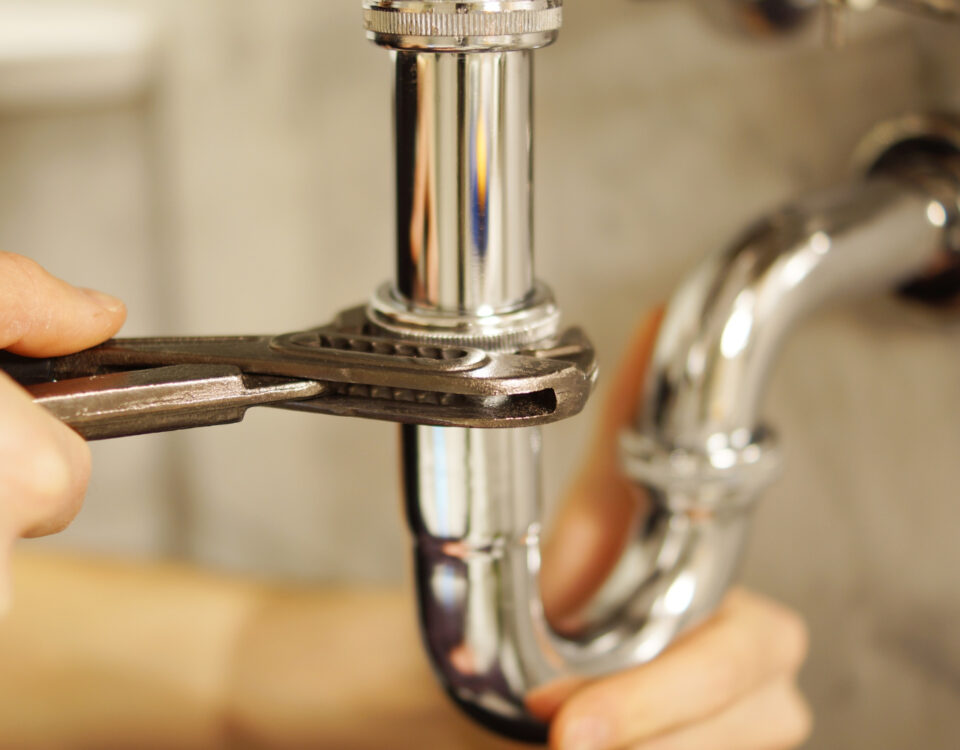Measuring for new flooring is a crucial step in any renovation project, ensuring accurate material estimates and cost management. Proper measurements help avoid over-purchasing or underestimating the amount of flooring needed, saving both time and money. The process of measuring for flooring involves several techniques depending on the type of flooring and the complexity of the space.
Different types of flooring, such as hardwood, tile, and carpet, require unique approaches to measurement. Factors like room shape, furniture placement, and potential waste due to cuts and patterns must be considered. Understanding these details will help streamline the measuring process and minimize errors.
This article outlines five methods to measure for new flooring effectively. Each section provides a step-by-step guide tailored to specific types of flooring and installation needs, helping you find the easiest way to get accurate measurements for your project.
Measuring for Laminate Flooring
Measuring for laminate flooring involves a straightforward process that can be easily executed with basic tools. Start by measuring the length and width of the room using a tape measure, making sure to record the dimensions in feet and inches. For projects like installing laminate flooring in Utah, it is essential to include any alcoves or nooks in the room dimensions to ensure all areas are covered.
Next, calculate the total square footage by multiplying the length by the width of the room. If the room has irregular shapes, divide the area into smaller rectangles, measure each one separately, and then add up the total square footage. It’s recommended to add an additional 10% to the calculated area to account for waste and cuts, particularly when dealing with complex patterns or angled cuts.
Finally, consider the layout and direction of the laminate planks. The way the planks are laid can affect the amount of material needed, especially in rooms with unconventional shapes or features. By planning the layout ahead, you can minimize waste and ensure a smooth installation process.
Measuring for Carpet Installation
Carpet measurement requires a careful approach to ensure accurate fitting, particularly in areas with unique shapes or obstacles. Begin by measuring the longest length and widest width of the room, including any recesses or doorways. For projects like carpet installation in UT, it’s important to measure areas separately if the carpet will cover multiple rooms or if different carpeting types are being used.
Once the basic measurements are taken, calculate the square footage by multiplying the length by the width. Remember to add an extra margin for waste, typically around 10-15%, depending on the complexity of the room’s layout. This margin accounts for seams, cuts, and adjustments needed during installation.
Consider any specific installation patterns, such as diagonal or herringbone layouts, which may require more material due to additional cuts. Having a clear plan for the carpet layout will help optimize the use of materials and reduce waste, ensuring a smooth installation process.
Utilizing Professional Flooring Services
For those who prefer not to handle measurements themselves, hiring a professional flooring service can be a practical option. Professional installers have the expertise and tools to take precise measurements, ensuring that the correct amount of flooring material is ordered and minimizing the risk of errors. This option is particularly beneficial for complex projects or for those with irregularly shaped rooms.
When considering professional services, it’s essential to select a reputable company with experience in the specific type of flooring you’re installing. For instance, if you’re looking for specialized services in your area, you might search for a flooring service that offers customized measurement and installation support.
In addition to accurate measurements, professional services often include consultations to help select the best type of flooring and provide insights on design and installation. This comprehensive approach ensures that all aspects of the project are covered, from initial measurement to final installation.

Using Digital Tools and Apps for Measurement
Digital tools and apps have made measuring for flooring projects more accessible and accurate. Many apps are designed to help homeowners and professionals take precise measurements using smartphones or tablets. These tools use augmented reality (AR) and digital imaging to calculate room dimensions, providing instant measurements without the need for manual calculations.
To use these tools, simply launch the app and follow the on-screen instructions to scan the room. The app will automatically detect walls, doorways, and other features, providing accurate dimensions in real-time. Some advanced apps even offer features like material calculators and cost estimators, helping users plan their projects more effectively.
Digital tools are particularly useful for those who are not confident in their measuring skills or who want to ensure a high level of accuracy. By eliminating the guesswork, these apps can help avoid costly mistakes and ensure that the right amount of flooring material is purchased.
Accounting for Special Considerations
When measuring for new flooring, it is crucial to consider any unique features or obstacles within the room. This includes accounting for fixed objects like fireplaces, built-in furniture, or pillars, as well as considering the impact of staircases or other changes in elevation. These elements can affect the total amount of material needed and may require additional calculations or specialized tools.
For rooms with unique layouts or multiple flooring types, creating a detailed floor plan can help visualize the project and identify potential challenges. This plan should include all measurements, obstacles, and the proposed layout for each type of flooring. Having a clear plan can help ensure that the correct materials are ordered and that the installation proceeds smoothly.
Additionally, consider the need for transitions between different flooring types or rooms. Transition pieces may require additional measurements and should be included in the overall planning and material estimates. Proper planning for these details will help create a seamless and professional finish for the flooring project.
Conclusion
Measuring for new flooring is a fundamental step that can significantly impact the success of a renovation project. Whether using traditional methods or modern digital tools, obtaining accurate measurements ensures that the right amount of material is purchased, reducing waste and controlling costs. For laminate flooring in Utah, precise measurements can help ensure a smooth installation process, while carpet installation in UT may require careful planning to accommodate unique room layouts.
Hiring a professional flooring service can provide peace of mind, especially for complex projects or irregularly shaped rooms. Digital tools and apps offer an easy and accurate way to measure, making them ideal for those looking for a quick and reliable solution. Finally, considering special features and unique room layouts ensures that all aspects of the project are covered, leading to a successful installation.
By understanding the various methods and tools available for measuring flooring, homeowners and professionals alike can choose the approach that best fits their needs. This careful planning and attention to detail will help achieve a beautiful and functional flooring installation that meets all expectations.










